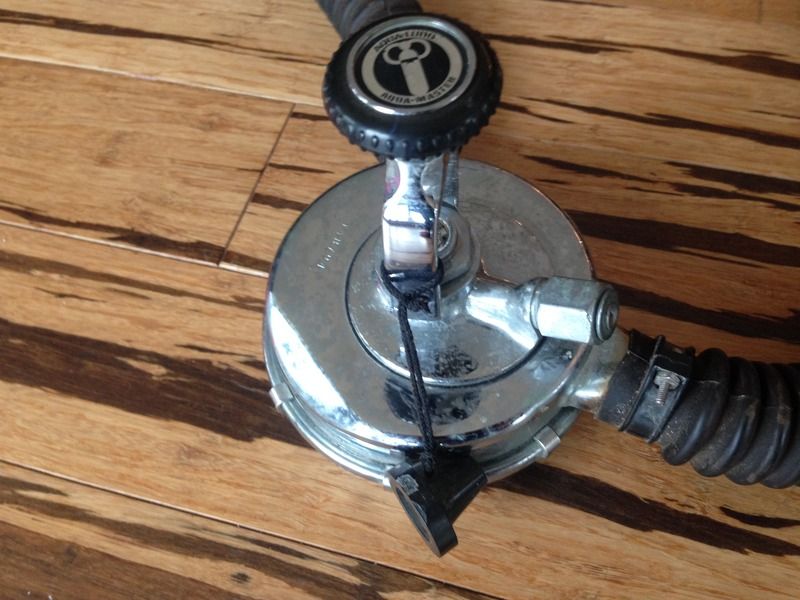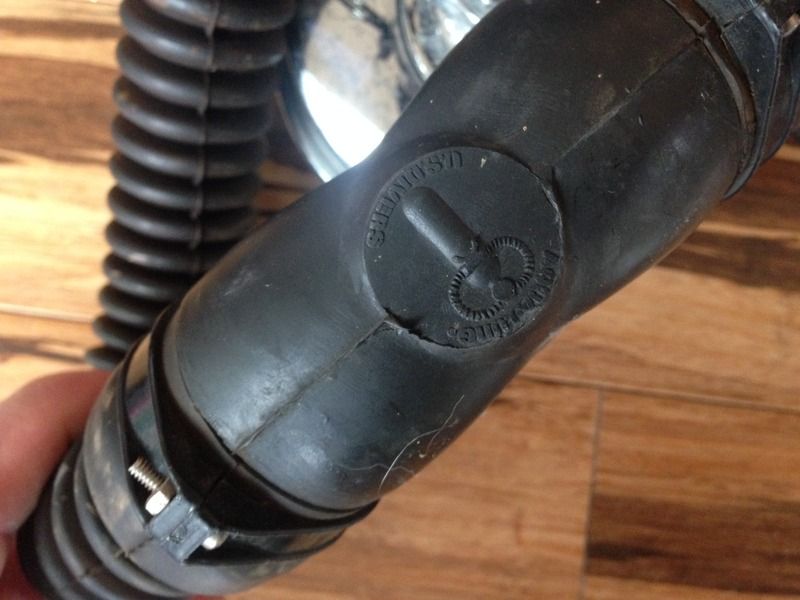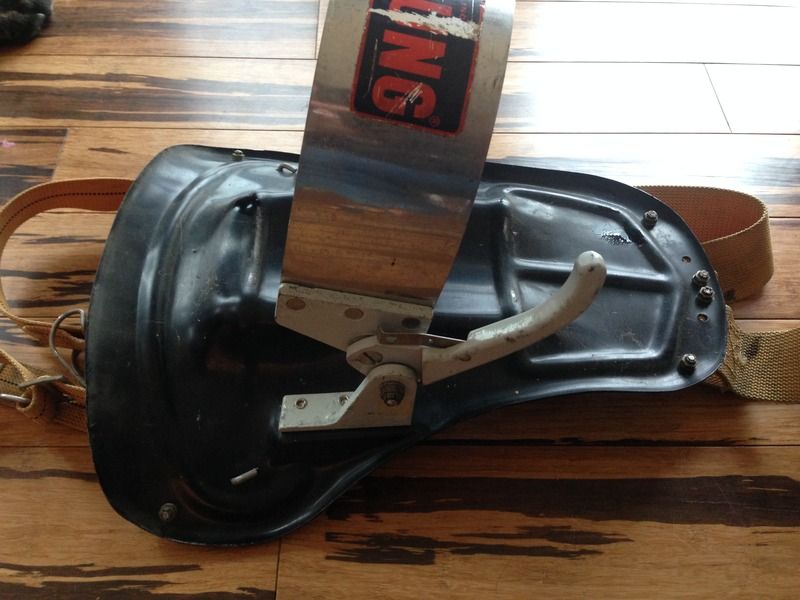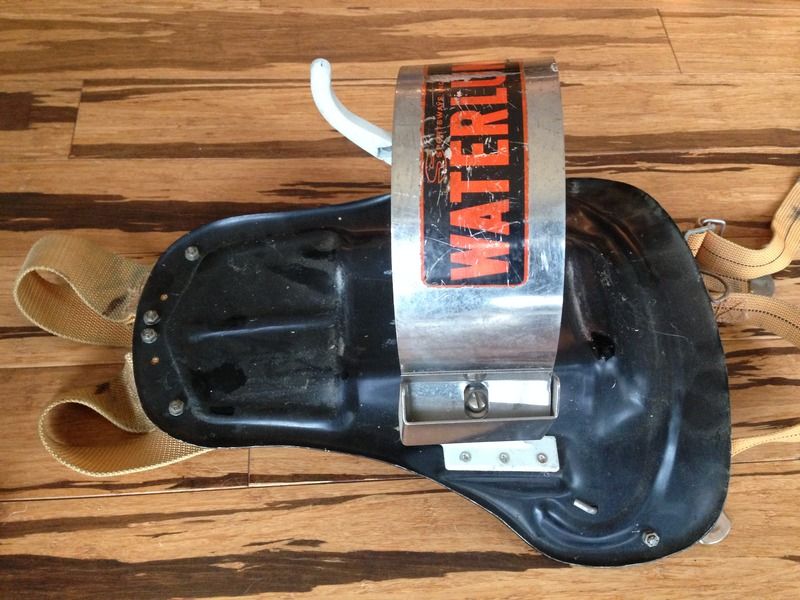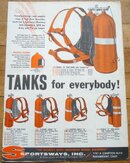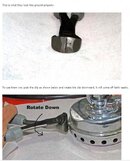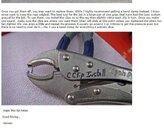What you have is a 70-72 DA Aquamaster. It is a 2 stage unbalanced diaphragm first stage followed by a pretty much conventional second stage. It tends to be a little more rare than the older square label ones but internally they are exactly the same. Yours has a "long yoke" which allows you to use a "banjo" in addition to the reg. A banjo is an adapter that goes between the tank valve and the reg to give you a HP port, otherwise you have to use best guess/timing to determine your remaining gas or use a J valve. The plug in the side is the hookah port. Originally, it was used to supply air INTO the reg instead of a tank but today many of us use it as a LP port. VDH sells an adapter to allow you to connect LP devices to it....and to check it's IP.
There are a number of reproduction parts for it as well as several upgrades so you can choose to restore it to original or improve on it. Most of the upgrades do not depend on the other ones so you can pick and choose as you like, adding them all at once or one at a time. My personal recommendation is this:
1: A full rebuild with new hoses and mouthpiece. I know the originals may look OK but they are stiffer and less comfortable
than the new silicone ones.
2: Add a HPR, this is a second stage upgrade that improves the cracking pressure and allows you to adjust the venture
of the reg to your preference. Along with the HPR, you will want to add the latest version of the single stage diaphragm.
It works best with the HPR and is no addition cost since you would have been replacing the main diaphragm in the full
rebuild anyway, single stage and 2 stage diaphragms are the same cost. It is also much easier to adjust.
3: Add a duck bill eliminator (aka DBA), it replaces the original duckbill with an upgraded design. Performance wise it's a
slight bit of an improvement but from a convenience standpoint it's priceless. A new duckbill is $5, the DBE is $15 so the
additional cost is minimal.
4: Add a band clamp. The reg really should be opened up after diving, sep in saltwater to ensure you get it properly
cleaned and dry. The band clamp and DBE make this task much easier. Most of the damage I see in the old regs
is due to improper cleaning after saltwater use.
And nice to have.
1: Phoenix upgrade- the upgrade replaces the unbalanced first stage with a balanced one and in addition gives you 3 additional LP and HP ports, basically making it a modern DH reg.
2: Hookah port adapter.
3: banjo adapter
All of these mods do NOT modify the reg and can be removed at any time to restore the reg to OEM condition.
Next I suggest you do a lot of reading and research on diving DH regs, both here and on Vintage Double Hose. The are not hard to dive but do dive differently and you have to understand them to get the best out of them. There are a lot of very experienced DH divers who dive the regs on a regular basis and are happy to help you along. Don't hesitate to PM me and we can take it off line for more details. If you can find someone in your area that dives DH regs, all the better, I know a couple great guys up your way. And if you really want some experience, we are in the planning stages of a Sand Dog 11, a DH meet in Fla scheduled for mid May- exact dates coming soon, come join us. You can meet a number of the people both here and on VDH and get to dive with some very good DH divers.....and we all bring a lot of toys to play with.
Hope that is a start, fire away with questions.

